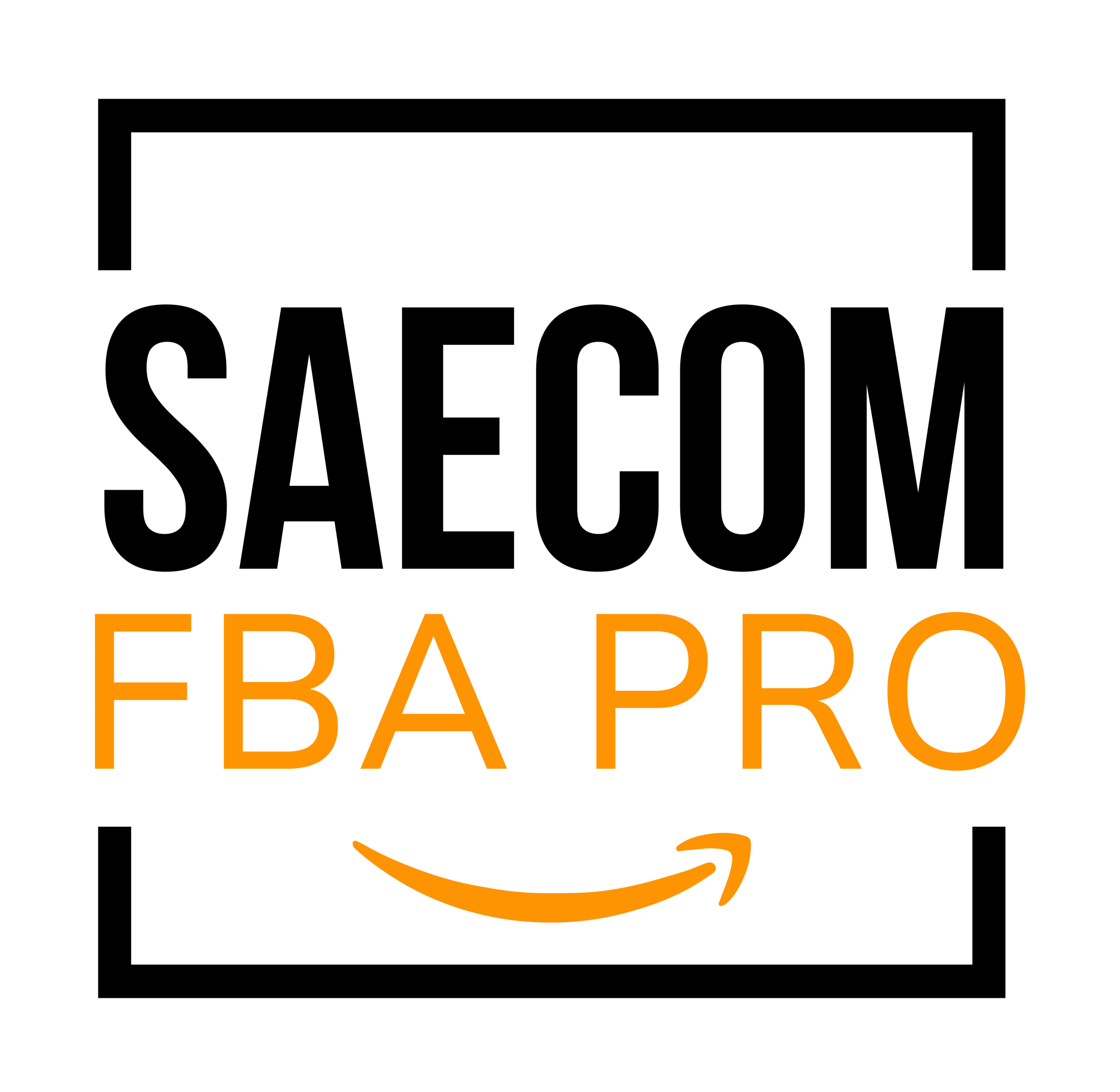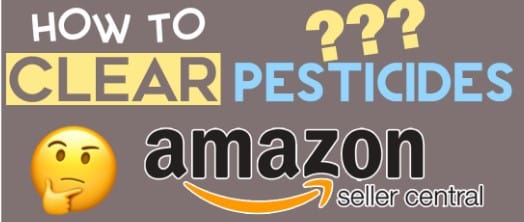Amazon Pesticide Course Answers
Many people find it hard to answer pesticide questions. So we have compiled the answers for the Amazon Pesticide Course. At the end of this page, we have also attached a link to a pesticide course that could be accessed.
Module 1
- Question 1: False
Module 2
-
- Question 1: All but the Bacteria on the Human Hands
- Question 2: Sanitizes
- Question 3: All but hand sanitizer
- Question 4: All but Rat Poison
- Question 5: False
- Question 6: 2
Module 3
-
- Question 1: Ensure that the weed killer has an EPA registration number.
- Question 2: Producing
Module 4
-
- Question 1: Nontoxic
- Question 2: All but the image of the pest
- Question 3: It does not list the product’s active ingredients.
Module 5
- Question 1: Any Certified Applicator
Module 6
- Question 1: The label must not make false or misleading claims.
Module 7
-
- Question 1: Is the wooden fence post treated with pesticide?
- Question 2: All but ‘the statement chemical-free”
- Question 3: Repels mosquitoes that carry malaria.
Module 8
-
- Question 1: A pesticide intended for sale or distribution in a foreign country
- Question 2: All but “be accompanied by an informational pamphlet” and “be labeled in the language of the country where it was produced.”
- Question 3: All but Importing a Pesticide That Meets FIFRA Requirements
Link to Amazon pesticide course: Click here
Do these products have a pesticide-like sound?
To us, the response might be a clear “no,” but an Amazon bot typically responds with a “yes.” Sellers may suffer greatly if a listing is reported as containing pesticides or pesticide-related devices. This is because the impacted ASINs will be taken off the market right after and won’t be put back on until certain (and sometimes unknowable) steps are taken. For more information and advice on fixing (and, maybe more importantly, PREVENTING) these problems, continue reading.
Pesticide bots search for what?
The EPA may classify a product as a pesticide if it makes claims, declares, or even suggests—even subtly—that it can or ought to be used to stop, eliminate, repel, lessen, or take any other comparable action against any form of bug, according to Amazon. Insects, mold, germs, mites, mildew, and animals are a few examples of “pests.” This could show up anywhere in the detail page text, on an image, or on both for listings on Amazon.
Bots routinely search Amazon listings for the aforementioned terms; context is irrelevant. Even though the products are said to be indirectly avoiding mold and bacterial growth, the listings for the lunchbox and underpants at the beginning of this article were detected and removed.
How can sellers avoid having their listings flagged?
Simply said, DO NOT use ANY of the aforementioned terms in the listing’s copy, photos, or A+ content. Look closely at current product listings to identify any words or phrases that might be taken to imply the use of pesticides. Any inappropriate terminology that would imply using the product to combat pests should be removed or rephrased.
Ways to proceed when a listing is tagged.
Sellers can take the following actions to address this problem:
In your Amazon account, finish the pesticide training course. This will enable you to sell registered pesticide items, if appropriate, and will also help you better understand what Amazon considers to be a pesticide.
Take a look at that listing in general. Find and eliminate any words or phrases that might be harmful from the entire text. Verify that the changes you made to your listing were implemented once you finished.
Follow up with support cases if not.
Send an email to the pesticide compliance staff. Make a support case to get the team’s direct email address if you don’t already have it. After that, write a direct email to that team informing them that the content has been taken down and requesting its reinstatement, along with a justification for why your product does not belong in this restricted area.
The intention is to have this staff bring your product back, but as you proceed, keep in mind that Amazon rarely makes things simple. Get ready for multiple back-and-forths with sporadic, useless responses from Amazon. Just maintain your composure, be thorough, and keep answering their inquiries.
Consult the pesticide compliance team for more information. To help identify the issue content and facilitate a resolution, they could offer more specifics.
If required, repeat step 2 again. Create support cases to ask Seller Support to update the backend if everything seems to be updated on your end. Because Amazon keeps a lot of data in its memory, the catalog might contain the incorrect information even after listing updates are requested.
If necessary, purge any problematic content from your listings on foreign marketplaces. If you sell products worldwide under the same ASINs, you might need to take this step.
Go back to step 3 and repeat.
For more information about Amazon pesticides, visit us at https://saecomfbapro.com/. Make sure to follow us on Instagram and Facebook for the latest updates.



